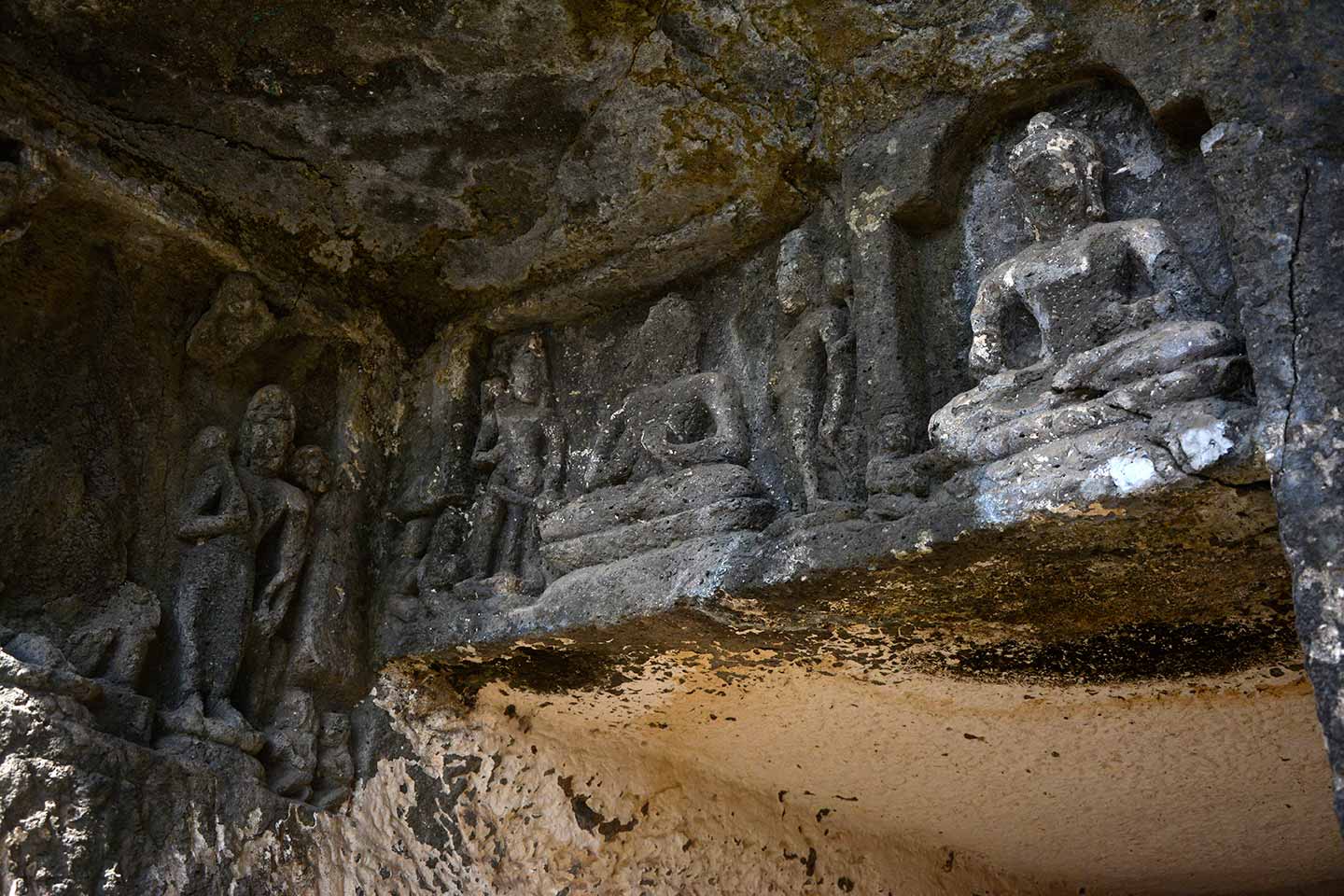
The Manichean trove was a boon for historians who knew little about that vanished religion beyond what such adversaries as St. They were ultimately abandoned and lay forgotten for close to 1,000 years. Ten centuries later, the advances of Islam and the weariness with which the Chinese thereafter viewed the turbulent world to the west of the Great Wall led to the decline of these towns. Through them passed not only the traders of the Silk Route, braving the bandits who occasionally took them for ransom or robbed them and slit their throats, but also lone Buddhist monks carryingprecious cargoes of scrolls in their backpacks, white-robed Manichean sages from Iran and austere Nestorian clerics who founded Christian monasteries even inremote Tibet.

Inhabited at first by an Indo-European population, the oases were taken over by constantly turning tides of Tibetans, Uighurians and Chinese. Petersburg, London, Berlin, Seoul, Nara, Tashkent, Dushanbeand other places -delicate manuscripts, paintings on silk, clay sculpturesand mural paintings, many of stunning beauty -were brought back by such scholars as the brilliant young Frenchman Paul Pelliot (who was only 27 at the time), the Hungarian-born Sir MarkAurel Stein, the Germans Albert Grünwedel and Albert von Le Coq or the Russian Dimitri Klementz, during the first decade of this century. A small but highly significant part of this materialisthe object of a 300-item exhibition at the Grand Palais, "Sérindia,Terre de Bouddha" through Feb. In one instance, a single walled-up cave turned out to be a veritable Qumran of Buddhism, yielding 40,000 precious manuscripts.


Experts dated it around the secondcentury, making it the oldest Buddhist manuscript in existence.The archaeologists, in turn, reaching these eroded hills populated by subsistence farmers, came upon lost cities, crumbling temples, Buddhist monasteries and frescoed caves. Most notablewas a Buddhist scroll written on birch bark. About 130 years ago, for the first time in centuries, European travelers began to venture deep into the tremendous Taklimakanand Gobi deserts extending westward from China and northward from Tibet-aspectacular and inhospitable region archaeologists refer to as Sérindia.Ī small number of surprising objects these adventurous men brought back with them prompted archaeologists to prick up their ears and follow in hot pursuit.


 0 kommentar(er)
0 kommentar(er)
